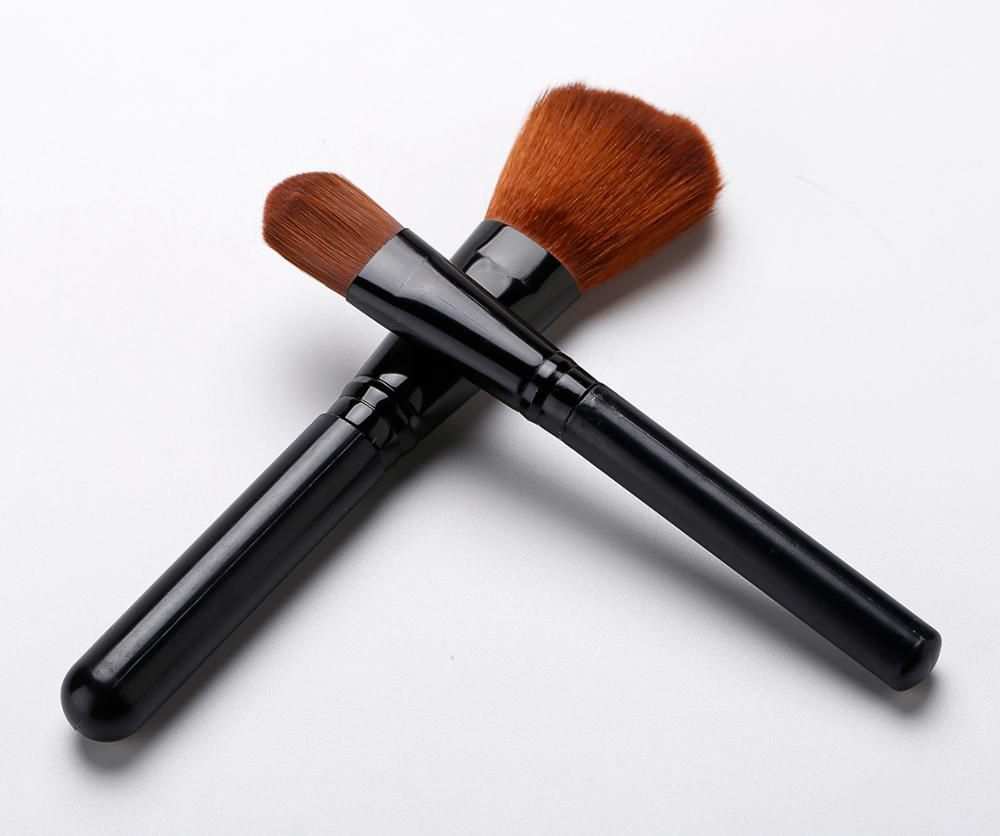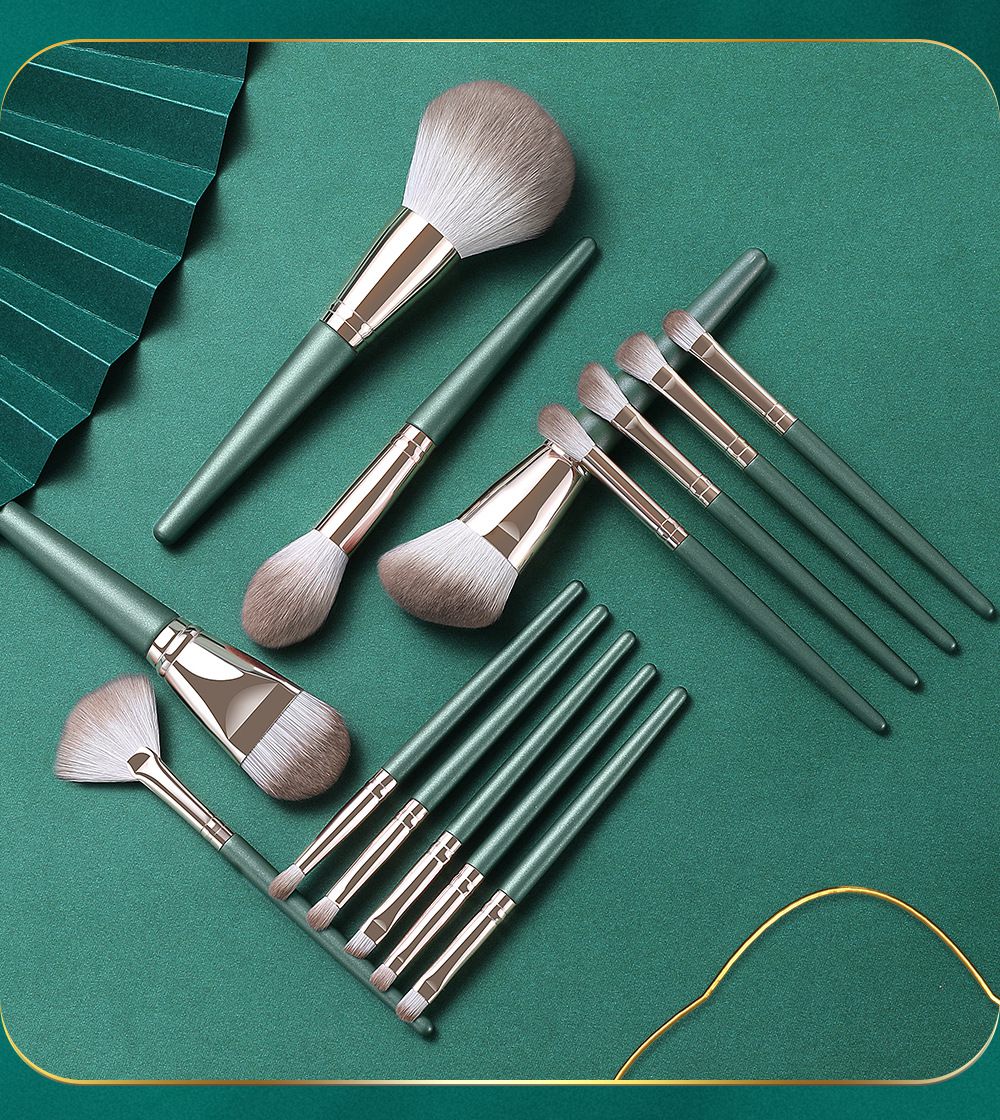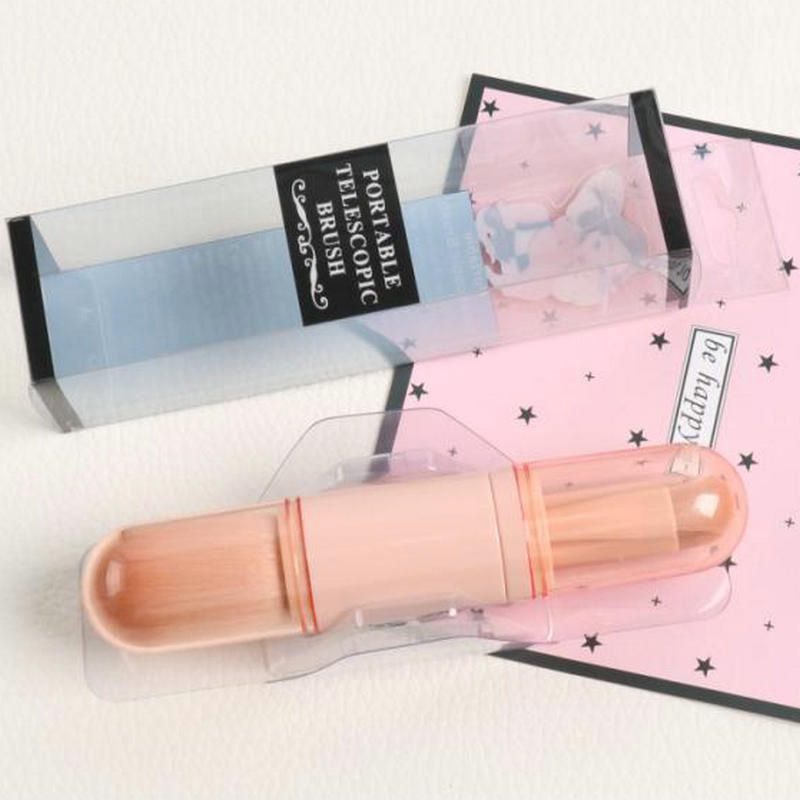Industry news
Beauty Tech Meets Brush Design: AR Apps Help Consumers Visualize Bristle Performance
- 595 Views
- 2025-08-18 01:32:12
Beauty Tech Meets Brush Design: AR Apps Help Consumers Visualize Bristle Performance
The intersection of beauty technology and traditional cosmetics is reshaping how consumers interact with products—and nowhere is this more evident than in makeup brush design. As the beauty industry leans into digital innovation, augmented reality (AR) apps are emerging as a game-changer, allowing users to visualize bristle performance in ways that static images or product descriptions never could.

For decades, choosing a makeup brush has been a leap of faith. Consumers rely on brand claims, influencer reviews, or in-store testers—often limited by time, hygiene concerns, or the inability to gauge long-term performance. Softness, bristle density, powder grip, and blending precision are critical factors, yet these qualities are notoriously hard to convey through screens. A brush that looks fluffy online might feel scratchy in hand; one marketed as “highly pigmented” could fail to distribute product evenly. This disconnect leads to frustration, high return rates, and missed opportunities for brands to showcase their product’s true value.
Enter AR technology. Today’s beauty tech developers are creating apps that bridge this gap by turning abstract bristle features into tangible, interactive experiences. Imagine opening an AR-enabled app, pointing your phone at a makeup brush (whether in-store or via an online product page), and instantly seeing a 3D overlay of its bristle structure. Users can zoom in to inspect individual fiber thickness—synthetic vs. natural, tapered vs. straight—or simulate how the brush glides across skin, with on-screen indicators for softness (e.g., “silk-like texture”) or pressure sensitivity (e.g., “gentle for sensitive skin”).

But AR’s impact goes beyond static visualization. Advanced apps use real-time rendering and sensor data to mimic dynamic performance. For example, when a user selects a “blush brush” in the app, a virtual model demonstrates how its domed shape and medium density pick up just the right amount of powder, then blends seamlessly into the cheek. Swiping on the screen adjusts the brush’s angle, showing how bristle flexibility affects contouring precision. Some apps even let users “test” brushes on their own face via camera: using facial recognition, the AR tool overlays the brush’s movement, simulating the feel of bristles against skin and the product’s spread—all without physical contact.
For consumers, this means empowered decision-making. No longer do they have to rely on vague terms like “fluffy” or “precise”; they can see and interact with a brush’s performance metrics. This transparency reduces uncertainty, cutting return rates by up to 40% for brands that adopt AR tools, according to a 2024美妆 tech report. For eco-conscious shoppers, AR also highlights sustainable features: apps can flag synthetic bristle origins (e.g., “100% vegan, cruelty-free fibers”) and compare their durability to animal hair, aligning with the growing demand for ethical beauty.

Brands, too, stand to gain. AR apps transform product pages from passive catalogs into engaging experiences, boosting time spent on site by 65% on average. More importantly, they foster trust. When a brand lets consumers “see under the hood” of a brush’s design—how bristle density is calibrated for minimal fallout, or how fiber tips are polished for irritation-free use—it signals confidence in quality. Over time, this builds loyalty, as users associate the brand with innovation and honesty.
Perhaps most exciting is how AR insights feed back into product development. By tracking which brush features users interact with most (e.g., “softness simulators” vs. “blending demos”), brands gain data-driven clarity on consumer priorities. A brush manufacturer might发现 that 70% of users focus on “powder grip” in AR tests, prompting them to refine bristle cohesion in their next line. This loop—AR-driven consumer feedback informing design—pushes the industry toward more user-centric, high-performance tools.
As beauty tech continues to evolve, AR’s role in brush design is set to deepen. With advancements in AI integration, future apps could even personalize recommendations: analyzing a user’s skin type, makeup habits, and AR interaction history to suggest brushes tailored to their needs (e.g., “For oily skin, try our dense synthetic brush—AR shows it controls product buildup better”).
In the end, beauty tech isn’t just about flashy tools; it’s about redefining the relationship between consumers and products. AR apps turn makeup brushes from mere tools into stories—of craftsmanship, innovation, and performance—told through a language anyone can understand: visualization. For brands willing to invest, this isn’t just a trend; it’s the future of beauty purchasing.











